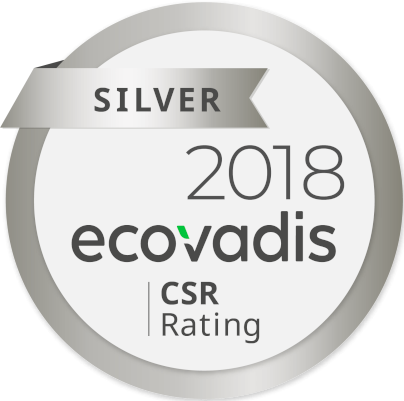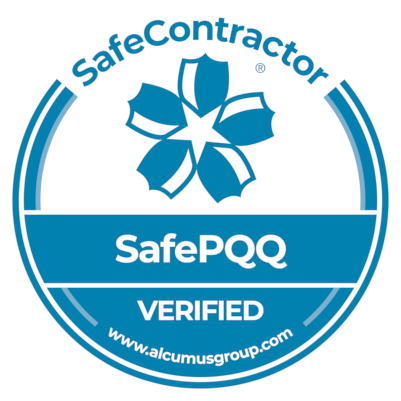Guest story by Paul Machin
Many companies approve invoices for waste, power and water without question, but, by auditing usage considerable savings can be easily achieved.
The printing industry has many financial concerns and environmental issues are well down the corporate agenda. However, there are many benefits that are achievable from following good environmental practices. The major issue is waste. Solve that problem and the company prospers. Let me explain.
How many chief executives or financial directors know how many skip loads of waste are produced per month? What is the water charge? How much does your gas and electricity cost? Are you segregating out your hazardous waste so that you are not penalised? Does it matter? If waste was described on your balance sheet as a loss would it figure higher on the corporate agenda? In the printing industry the largest volume of waste comes from the substrates that are used. Quantities of paper, plastic and metal that are mixed prove worthless. Segregated, these can be sold.
It is easy to arrange labelled bins where individual sources of waste substrates can be deposited. Unprinted paper off-cuts, separated from printed material, can be recycled. The cost of waste disposal is often priced per cubic metre, a small compactor will rapidly repay its capital cost through reduced disposal costs. What happens to your transport packaging? Is it thrown away or re-used. Could it be returned when the supplier makes their next delivery or used to dispatch your goods to customers?
Waste ink and solvent can be used as fuel, these can be recovered by distillation. Small size distillation units, from 25 litres capacity upwards allow for such activity to be undertaken on site and the solvent re-used. Where such recovery and re-use is not possible it is essential that segregation into properly labelled containers is undertaken. Hazardous wastes should never be mixed with non-hazardous waste as even in very small quantities this will make the entire consignment hazardous and the cost of disposal will increase.
When was the company’s water bill last checked? What volume was consumed? It is surprising how much water is used in urinals. Most of these systems use a siphon system that wastes water even when not in use. It is possible to use waterless urinals that do not have any residual odour and can save money.
One medium sized printing firm saved £12,000 in one year by switching to this system. Quick savings can be made by cutting down on electricity usage. Do all the lights need to be on? Is it necessary for the corridors to be so brightly illuminated? Why is it necessary to have the heating so high?
If office equipment is left on when not in use, running costs are four times higher than when switched off at night and weekends? Lowering the temperature thermostat by 10C in the winter and increasing the air conditioning setting by 10C in the summer can save up to ten per cent of the power bill.
If you still feel sceptical about the benefits that can be achieved, just get up and walk around the site. Make a note of the number of waste skips and how much waste is in them; look around and see how many lights are on, check the room temperature thermostat; ask the accountant how much the energy costs per month; what was the last charge for water and sewage treatment? The bills for waste disposal, water and energy have to be paid but I will guarantee that they do not have to be so high.
With a little concerted effort the losses can be reduced and the company can become more profitable. And you will have the added benefit of knowing that you are doing your bit for the environment.





